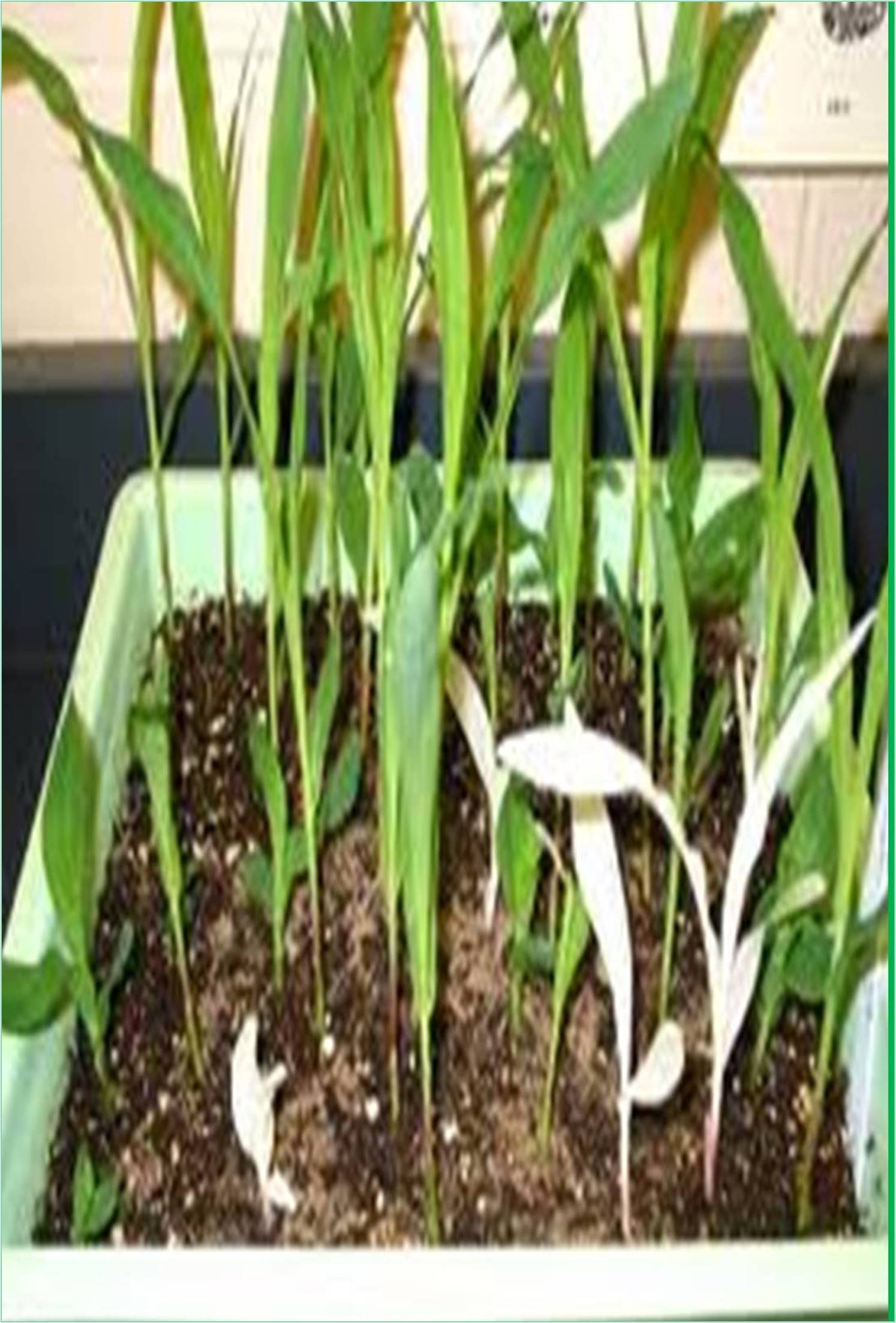



Received: 01-Aug-2022, Manuscript No. GJPBG-22-71717; Editor assigned: 05-Aug-2022, Pre QC No. GJPBG-22-71717(PQ); Reviewed: 26-Aug-2022, QC No. GJPBG-22-71717; Revised: 02-Sep-2022, Manuscript No. GJPBG-22-71717(R); Published: 09-Sep-2022, DOI: 10.15651/2449-0598-22.09.010
The tomato is a significant fruit with dual uses. Around the world, 182.3014 million tons of tomatoes were produced in 2017. The tomato is well-liked by consumers due to its abundant nutritional value and mouthwatering flavor. People should not only eat enough food as their living conditions rise, but also eat well. The flavor and quality of modern farmed tomatoes declined rather than increased with the rise in output. Customers complained because the sweetness decreased and the tomato flavor diminished. Sugar, acid, and a large number of volatiles were the main flavoring ingredients in tomatoes. Since the 1980s, Buttery had discovered a large number of volatiles in fresh tomatoes. Then, several flavor compound Quantitative Trait Loci (QTLs) and their regulating genes were discovered. It was discovered that tomato breeders unintentionally eliminated flavor-related genes, which might regulate sugar and volatile concentrations, in their quest to boost tomato productivity and resilience. Particularly, the concentrations of numerous important volatiles decreased during tomato development. A program for enhancing tomato flavor quality was created with the intention of using molecular design breeding to reintegrate the genes responsible for tomato flavor into contemporary farmed tomatoes. Volatiles would be an option for flavor improvement without reducing yield since they may impact the flavor at extremely low quantities. For more than 30 years, our research team has also been engaged in the enhancement of tomato quality and the breeding of new kinds.
Pink and red tomatoes were discovered to have the most market share. 23 pink and 48 red tomato types were employed as test subjects to examine how tomato color affects flavor. In this study, the nutritional content, volatile aromatic compounds, and flavor qualities of four tomato varieties—pink cherry, pink large-fruited, red cherry, and red large-fruited—were comprehensively examined. Fruit color is a crucial characteristic of a product that influences consumers' willingness to buy. The most popular tomato fruit varieties are pink and red. A mutation in the red tomato's SlMYB12 gene causes pink tomatoes, which lack the yellow flavonoid naringenin chalcone in their peels. Due to its fruit's vivid color, uniform size, fine flesh, and potent flavor, pink tomatoes have a substantial market share in Asia. Pink tomatoes have higher levels of lycopene, beta-carotene, and flavor index than red tomatoes. The chemical and biological characteristics of carotenoids were varied. The nutritional and physiological benefits of the pink tomato were greater.
In comparison to red tomatoes, pink tomatoes were discovered to contain higher levels of soluble solids, fructose, glucose, aldehydes, and ketones. This resulted in pink tomatoes having higher levels of sweetness, tomato flavor, and overall flavor. These panels are primarily from China, with a preference for pink tomato, even if the gender and age variables of the panels were fully taken into account. As a result, there were certain restrictions on the flavor evaluation results. Fruit and vegetables could taste good in general the soluble sugar and organic acids, but the major way to describe one fruit or vegetable from another was by their distinctive volatile aromas. There are hundreds of volatiles in tomatoes, but only a small number of them contribute to flavor. In water, these essential aroma volatiles showed lower threshold concentrations. For instance, the flavor was much enhanced despite the very modest quantities of volatiles generated by carotenoids. In this investigation, the levels of the carotenoid derivatives 2,6,6-timethyl-1- cyclohexene-1-carboxaldehyde, (Z)-3,7-dimethyl-2,6- octadienal, 6-methyl-5-hepten-2-one, and 4-(2,6,6- trimethyl-1-cyclohexen-1-yl)-3-buten-2-one were higher in the pink tomato than the red tomato. This isoprene volatile smelled strongly of fruit and flowers. Some of these might make tomatoes sweeter.